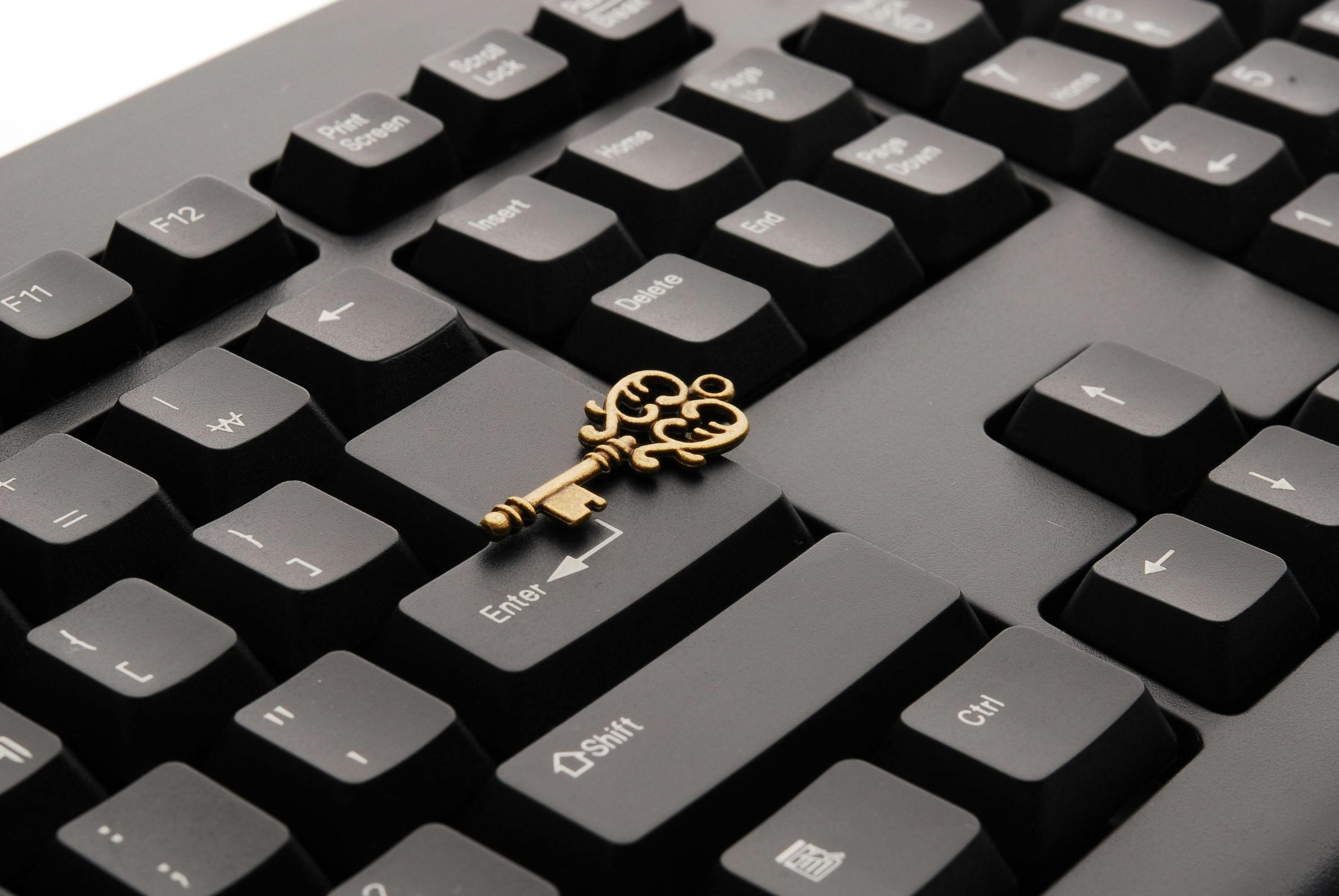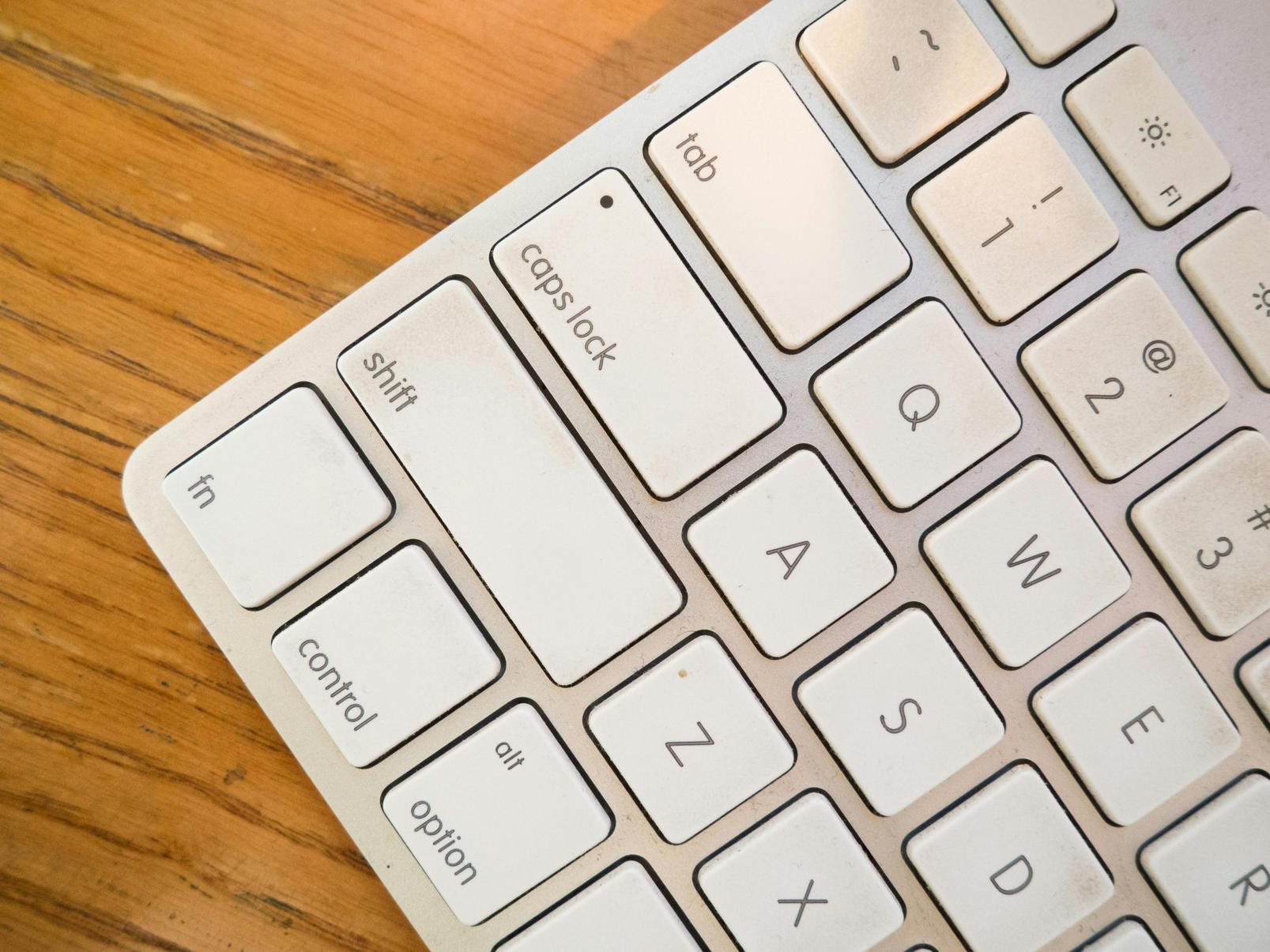How to Lock a Computer with Keyboard: Simple Steps
Introduction
Locking your computer when not in use is crucial to maintaining security and protecting your data. By utilizing keyboard shortcuts to lock your computer, you can prevent unauthorized access quickly and efficiently. This guide outlines various methods to lock your computer using keyboard shortcuts, touching on both Windows OS and MacOS. We will also show you how to customize these shortcuts to suit your personal preferences.
Locking your computer might seem like a minor step, but it's vital for security. When you walk away from your desk, leaving your computer unlocked can allow others to access sensitive information. This can lead to data breaches, loss of personal information, or even unauthorized system changes. Implementing a simple habit of locking your computer using keyboard shortcuts ensures your data remains confidential.
There are several methods to lock your computer, both hardware and software. Here are a few common ways:
- Manually locking through the Start menu: Navigating through the operating system's interface to lock the computer can be time-consuming.
- Automatic lock settings: Configuring the settings to automatically lock your computer after a period of inactivity.
- Using keyboard shortcuts: The fastest and most convenient method, allowing you to lock your PC or Mac with a couple of keystrokes.
Keyboard shortcuts provide an efficient way to lock your computer. Here’s a detailed look at how to do it on both Windows and MacOS.

Windows OS: Ctrl + Alt + Del
- Press Ctrl + Alt + Del: This shortcut opens a security screen.
- Select 'Lock': Click on the 'Lock' option from the screen.
- Computer Locked: You’ll be taken back to the login screen, effectively locking your computer.

Windows OS: Windows Key + L
- Press Windows Key + L: Pressing both keys simultaneously will lock your computer instantly.
- Instant Lock: This is one of the quickest methods and doesn't require multiple steps.

MacOS: Control + Command + Q
- Press Control + Command + Q: This shortcut will immediately lock your screen.
- Lock Engagement: You will return to the login screen, requiring a password to regain access.
MacOS: Control + Shift + Power
- Press Control + Shift + Power: This shortcut locks the screen and puts the display to sleep.
- Energy Efficient Lock: Useful for saving battery life while ensuring the screen is locked.
Understanding these shortcuts enables users to quickly secure their systems without wasting time navigating through menus.
Creating custom shortcuts allows for personalization and can make the locking process even more efficient.
Creating Custom Shortcuts on Windows
- Right-click on desktop and select 'New' > 'Shortcut'.
- Enter the location of the item: Type in
C:\Windows\System32\rundll32.exe user32.dll,LockWorkStationand click 'Next'. - Name your shortcut: Give your shortcut a memorable name like 'Lock Computer'.
- Assign a keyboard shortcut: Right-click the newly created shortcut, go to 'Properties', and in the 'Shortcut key' field, enter your desired key combination (e.g., Ctrl + Alt + L).
Customizing Shortcuts on MacOS
- Open System Preferences: Go to 'Keyboard' > 'Shortcuts'.
- Select App Shortcuts: Click the '+' button to add a new shortcut.
- Choose All Applications and type the exact menu command for locking (e.g., 'Lock Screen').
- Assign your preferred shortcut: Enter your custom key combination (e.g., Fn + L).
By customizing these shortcuts, you can streamline your routine and ensure locking your computer becomes second nature.
While keyboard shortcuts are convenient, additional steps can enhance your security: 1. Enable multi-factor authentication (MFA) for an added layer of security. 2. Use strong, unique passwords: Avoid using easily guessable passwords. 3. Regularly update your software to patch vulnerabilities.
Sometimes, users face issues with keyboard shortcuts not working. Here are a few troubleshooting tips: 1. Shortcut conflict: Ensure no other application uses the same key combination. 2. Operating system updates: Make sure your OS is updated to the latest version. 3. Keyboard settings: Check your keyboard settings to ensure the keys are correctly mapped.
Addressing these issues will ensure the shortcuts consistently function without any hitches.
Locking your computer using keyboard shortcuts is a simple yet effective way to enhance the security of your data. Whether you’re using Windows OS or MacOS, these shortcuts can be easily implemented. Customizing your own shortcuts further adds convenience, making it effortless to secure your machine. Remember, integrating this practice into your daily routine will help maintain the confidentiality and security of your personal and professional information.
Frequently Asked Questions
What is the quickest way to lock a Windows computer using the keyboard?
The quickest way to lock a Windows computer is by pressing Windows Key + L. This immediately locks the screen and returns it to the login page.
Can I create my own keyboard shortcut to lock my computer?
Yes, both Windows and MacOS allow you to create custom shortcuts. Follow the steps provided in the 'Customizing Keyboard Shortcuts for Locking' section to set up your preferred key combinations.
How can I ensure my computer locks itself automatically when idle?
To enable automatic locking, go to the settings in your operating system and set a specific time for the system to lock after a period of inactivity. This ensures your computer locks itself automatically when not in use.



